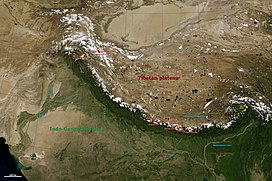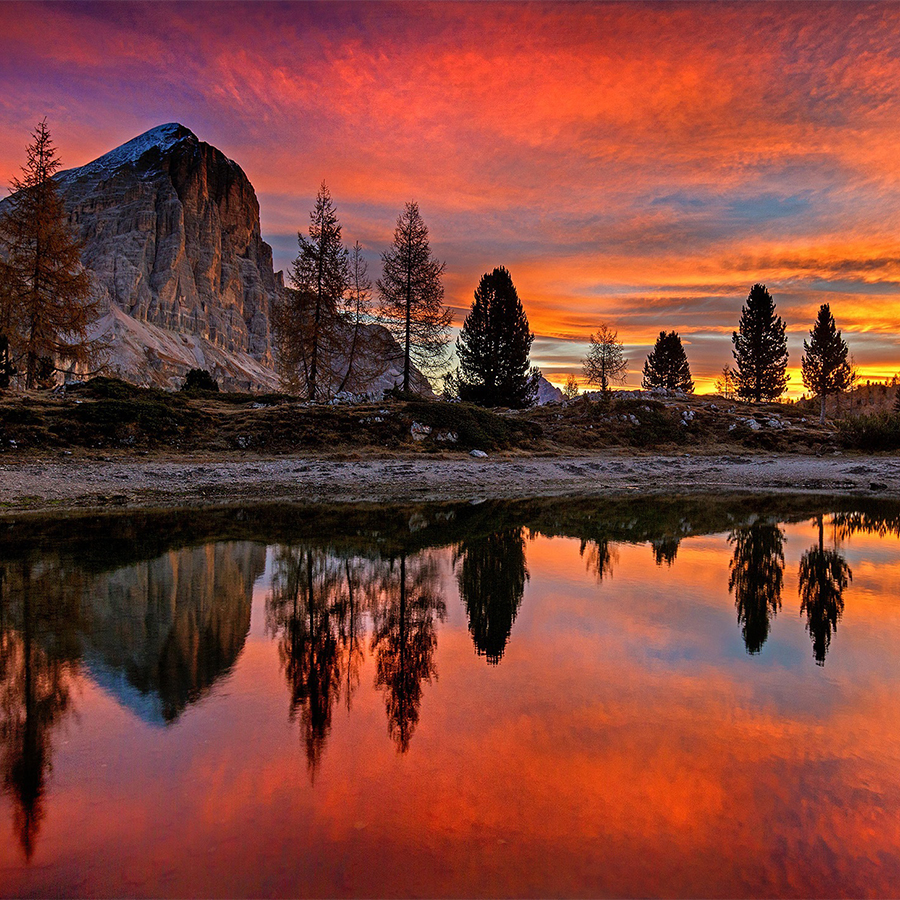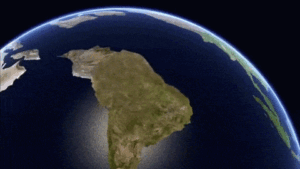
The Himalayan glaciers are a critical source of freshwater for India and the surrounding regions, with the majority of India’s major rivers originating in the Himalayas. The melting of these glaciers due to global warming and climate change is expected to have far-reaching impacts on India’s water resources.
As the glaciers melt, they will initially release more water into the rivers, leading to increased water availability. However, this effect will be short-lived, and in the long term, the melting glaciers will lead to a reduction in the amount of freshwater available in the rivers.
This reduction in freshwater availability will have significant impacts on India’s agriculture, which relies heavily on irrigation, as well as on hydropower generation and urban water supply. It is expected that the reduced water availability will lead to increased competition and conflicts over water resources, particularly in regions where water scarcity is already a significant issue.
The Himalayan glaciers are also a critical source of freshwater for other countries in the region, including Pakistan, China, Nepal, and Bhutan. The melting of these glaciers will impact the water resources of these countries as well, which may lead to regional tensions and conflicts over water.
The reduction in freshwater availability due to the melting of the Himalayan glaciers is expected to have significant impacts on India’s economy, particularly on the agricultural sector, which accounts for a significant portion of India’s GDP and employs a large number of people. With reduced water availability, farmers may face challenges in growing crops, which could lead to reduced agricultural productivity, food insecurity, and ultimately, economic losses.
Furthermore, the melting of the Himalayan glaciers will also lead to changes in the timing and intensity of the monsoon rains, which are critical for agriculture and overall water availability in India. These changes in the monsoon patterns will have further impacts on the water resources of the country, leading to increased droughts and floods in different parts of the country.
Overall, the melting of the Himalayan glaciers is expected to have far-reaching impacts on India’s water resources, and it is critical that appropriate measures are taken to mitigate the effects of this melting and to ensure the long-term sustainability of water resources in the country.
Hindi Answer
हिमालयी ग्लेशियर भारत और आसपास के क्षेत्रों के लिए मीठे पानी का एक महत्वपूर्ण स्रोत हैं, भारत की अधिकांश प्रमुख नदियाँ हिमालय से निकलती हैं। ग्लोबल वार्मिंग और जलवायु परिवर्तन के कारण इन ग्लेशियरों के पिघलने से भारत के जल संसाधनों पर दूरगामी प्रभाव पड़ने की उम्मीद है।
जैसे ही ग्लेशियर पिघलेंगे, वे शुरू में नदियों में अधिक पानी छोड़ेंगे, जिससे पानी की उपलब्धता बढ़ेगी। हालाँकि, यह प्रभाव अल्पकालिक होगा, और दीर्घावधि में, ग्लेशियरों के पिघलने से नदियों में उपलब्ध मीठे पानी की मात्रा में कमी आएगी।
मीठे पानी की उपलब्धता में इस कमी का भारत की कृषि पर महत्वपूर्ण प्रभाव पड़ेगा, जो सिंचाई के साथ-साथ जलविद्युत उत्पादन और शहरी जल आपूर्ति पर बहुत अधिक निर्भर करती है। यह उम्मीद की जाती है कि कम पानी की उपलब्धता से जल संसाधनों पर प्रतिस्पर्धा और संघर्ष बढ़ेगा, खासकर उन क्षेत्रों में जहां पानी की कमी पहले से ही एक महत्वपूर्ण मुद्दा है।
हिमालय के ग्लेशियर पाकिस्तान, चीन, नेपाल और भूटान सहित क्षेत्र के अन्य देशों के लिए मीठे पानी का एक महत्वपूर्ण स्रोत हैं। इन ग्लेशियरों के पिघलने से इन देशों के जल संसाधनों पर भी असर पड़ेगा, जिससे क्षेत्रीय तनाव और पानी को लेकर संघर्ष हो सकता है।
हिमालय के ग्लेशियरों के पिघलने के कारण मीठे पानी की उपलब्धता में कमी से भारत की अर्थव्यवस्था पर विशेष रूप से कृषि क्षेत्र पर महत्वपूर्ण प्रभाव पड़ने की उम्मीद है, जो भारत के सकल घरेलू उत्पाद का एक महत्वपूर्ण हिस्सा है और बड़ी संख्या में लोगों को रोजगार देता है। कम पानी की उपलब्धता के साथ, किसानों को फसल उगाने में चुनौतियों का सामना करना पड़ सकता है, जिससे कृषि उत्पादकता कम हो सकती है, खाद्य असुरक्षा और अंततः आर्थिक नुकसान हो सकता है।
इसके अलावा, हिमालय के ग्लेशियरों के पिघलने से मानसून की बारिश के समय और तीव्रता में भी बदलाव आएगा, जो भारत में कृषि और समग्र जल उपलब्धता के लिए महत्वपूर्ण हैं। मानसून पैटर्न में इन परिवर्तनों का देश के जल संसाधनों पर और प्रभाव पड़ेगा, जिससे देश के विभिन्न हिस्सों में सूखे और बाढ़ में वृद्धि होगी।
कुल मिलाकर, हिमालय के ग्लेशियरों के पिघलने से भारत के जल संसाधनों पर दूरगामी प्रभाव पड़ने की उम्मीद है, और यह महत्वपूर्ण है कि इस पिघलने के प्रभावों को कम करने के लिए उचित उपाय किए जाएं और जल संसाधनों की दीर्घकालिक स्थिरता सुनिश्चित की जाए। देश।



